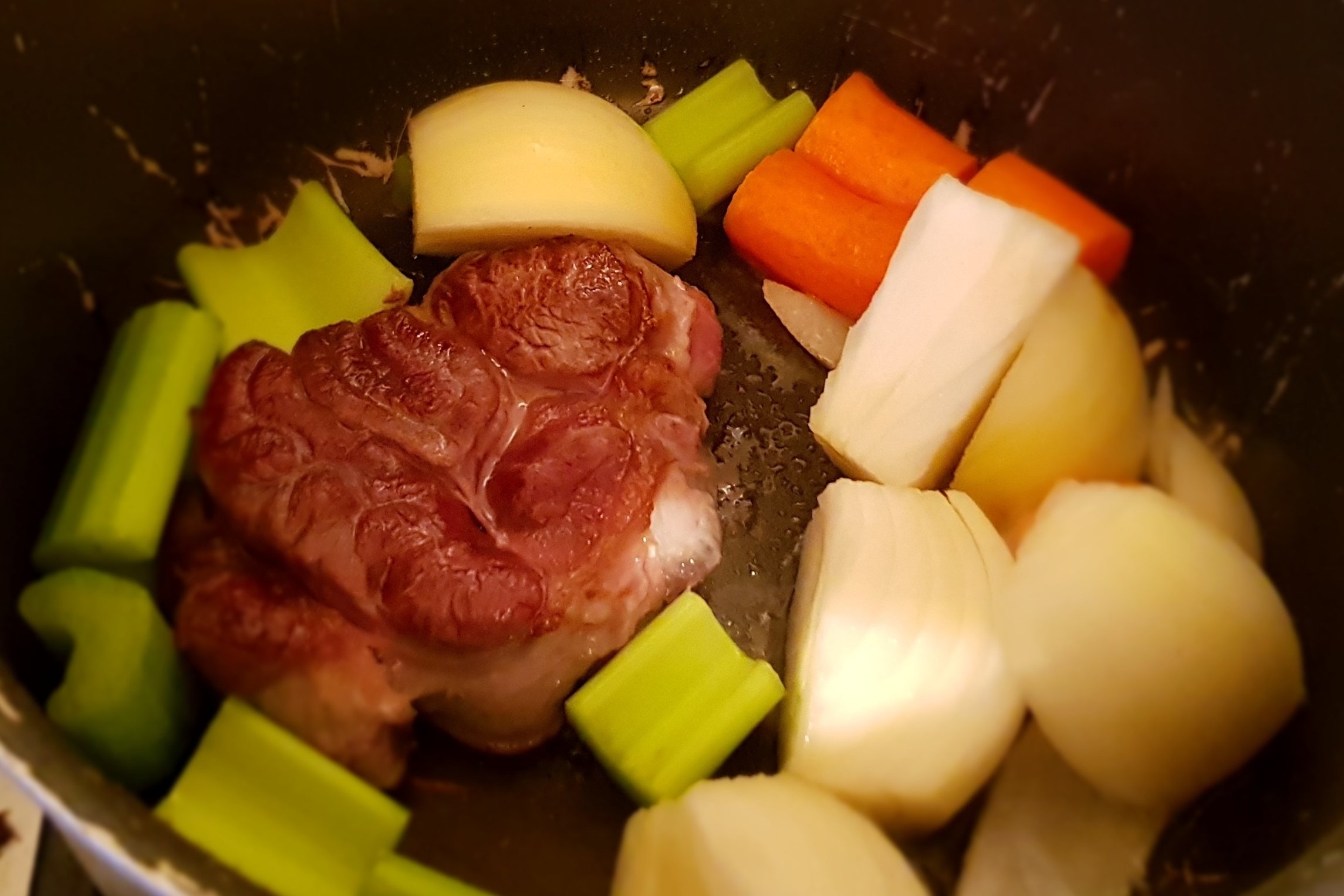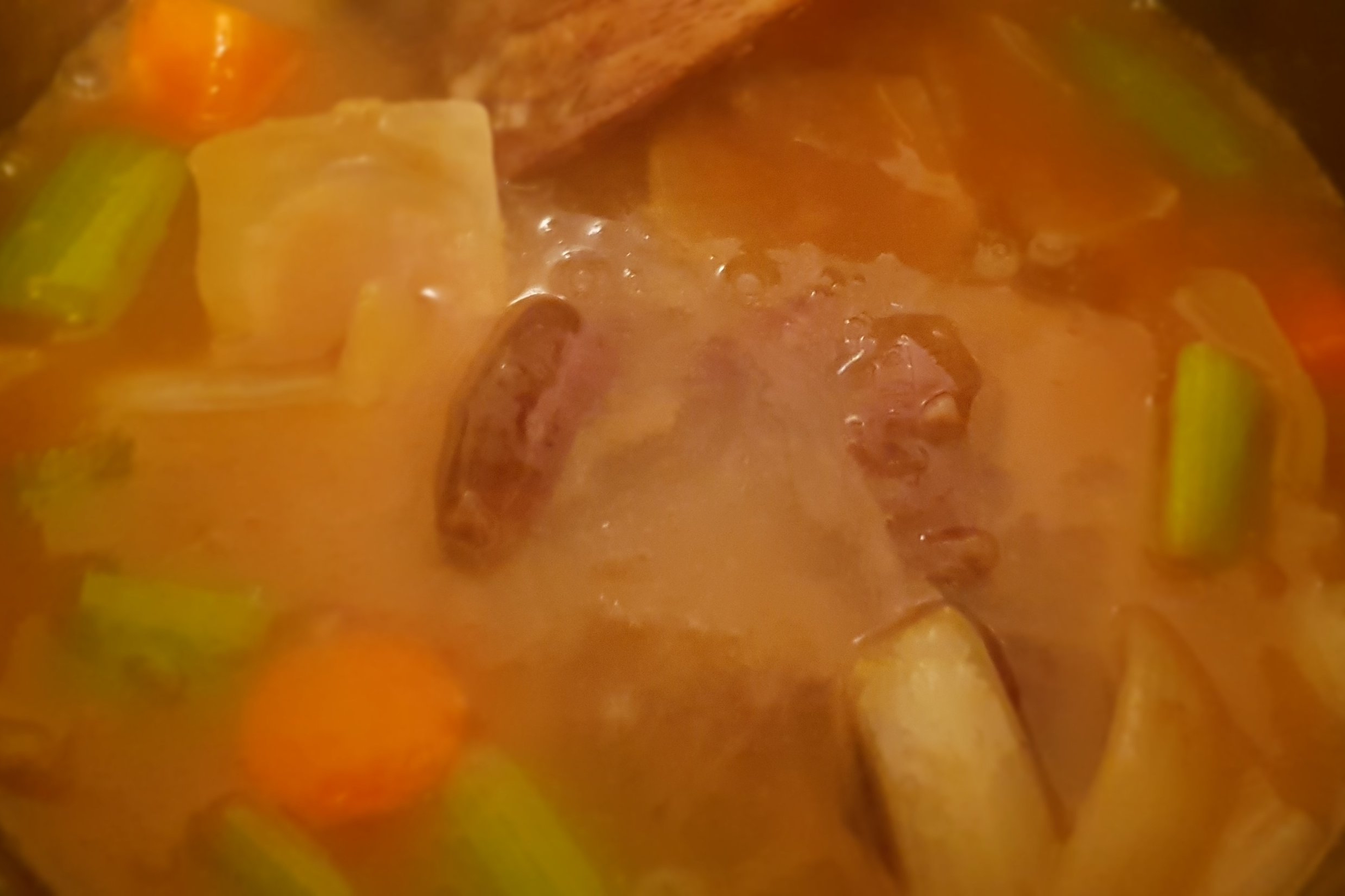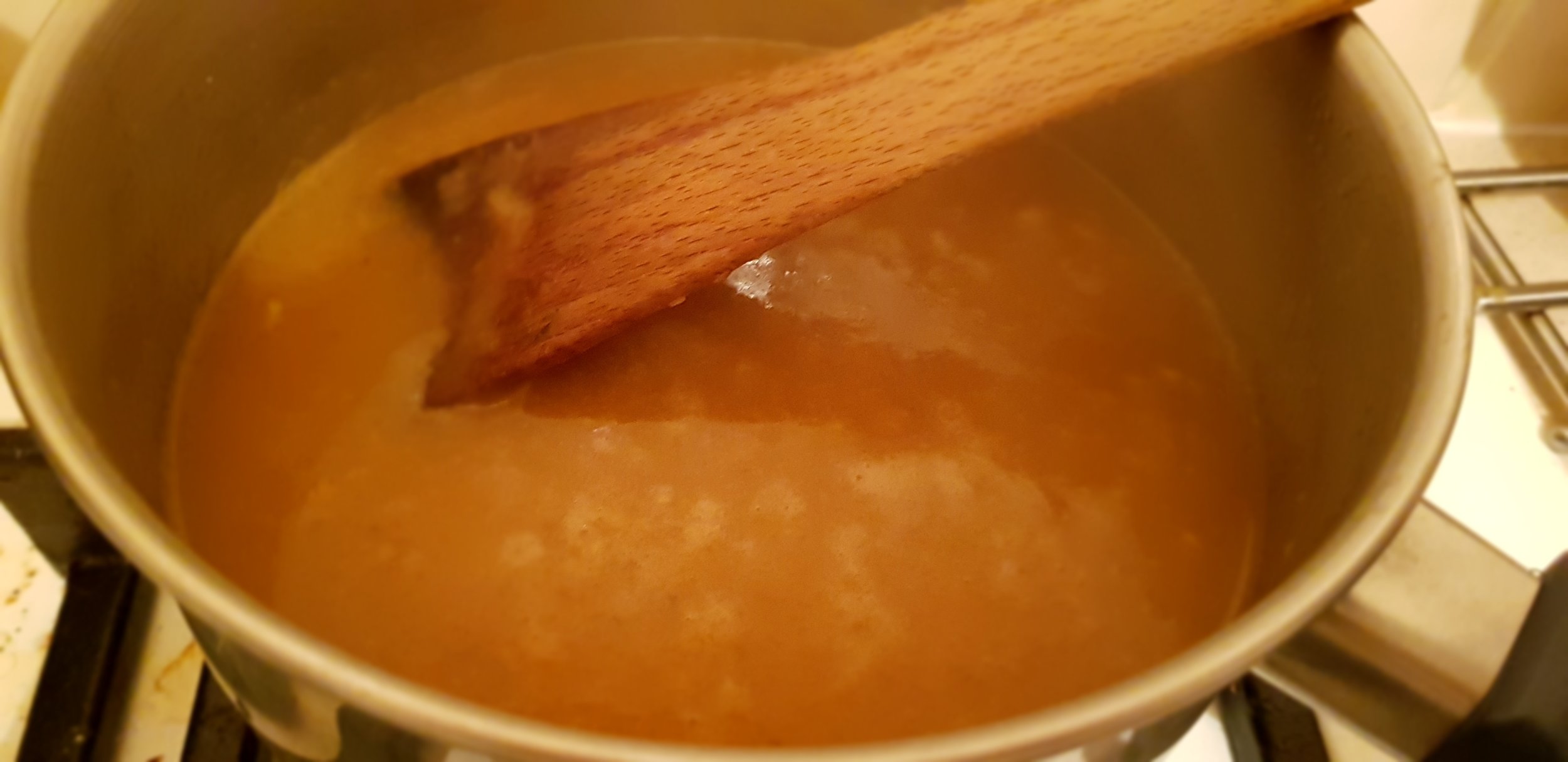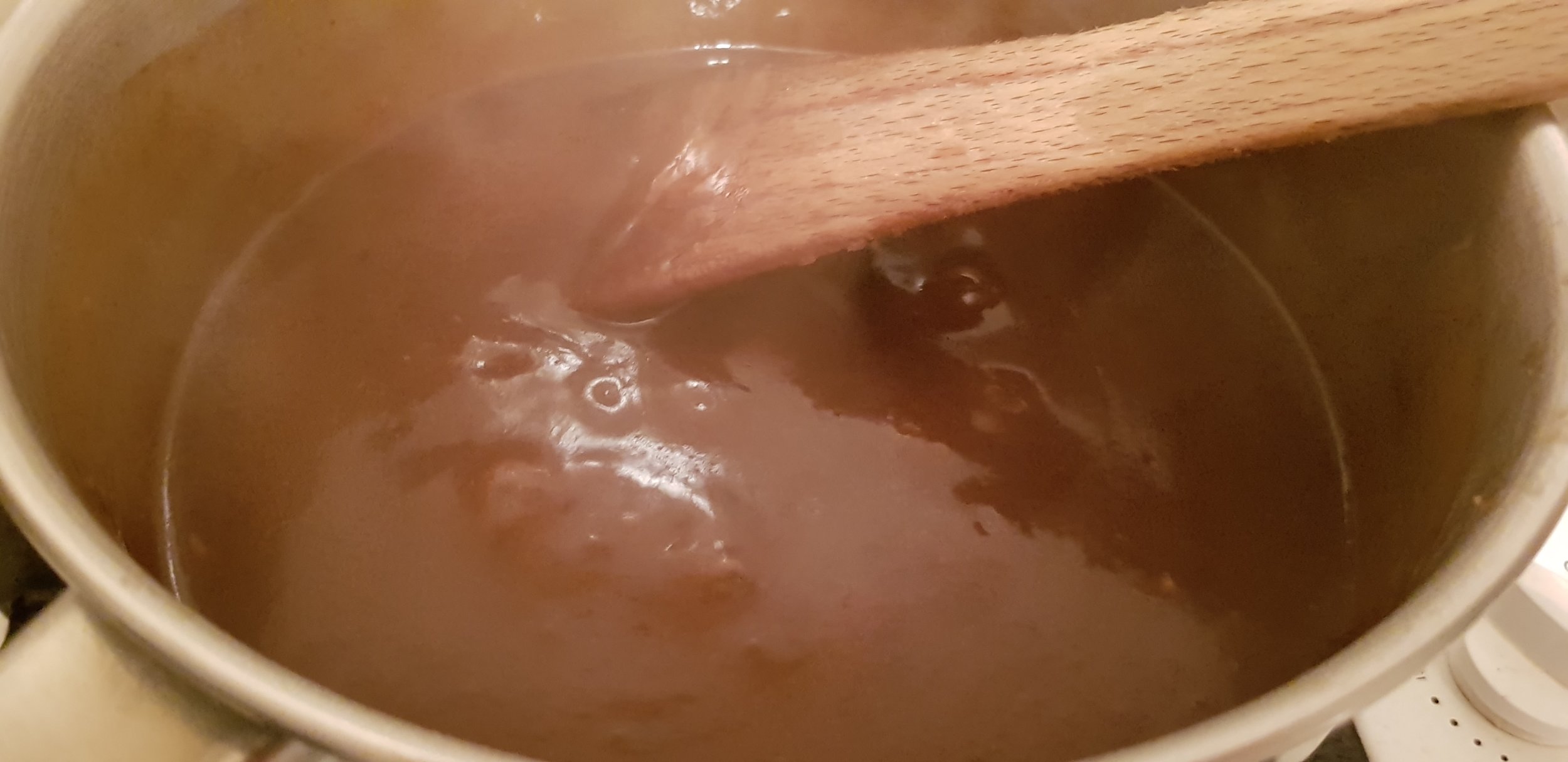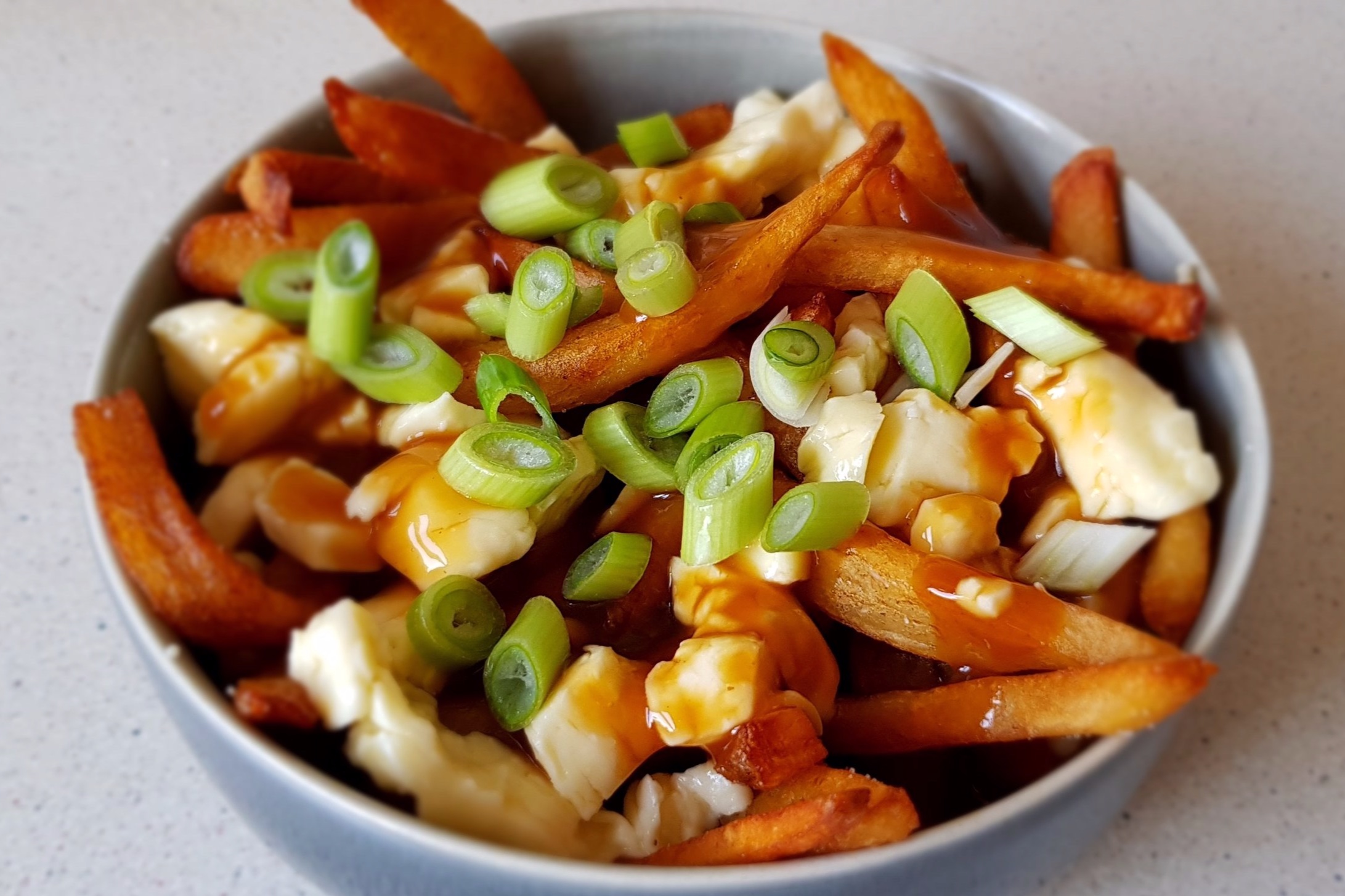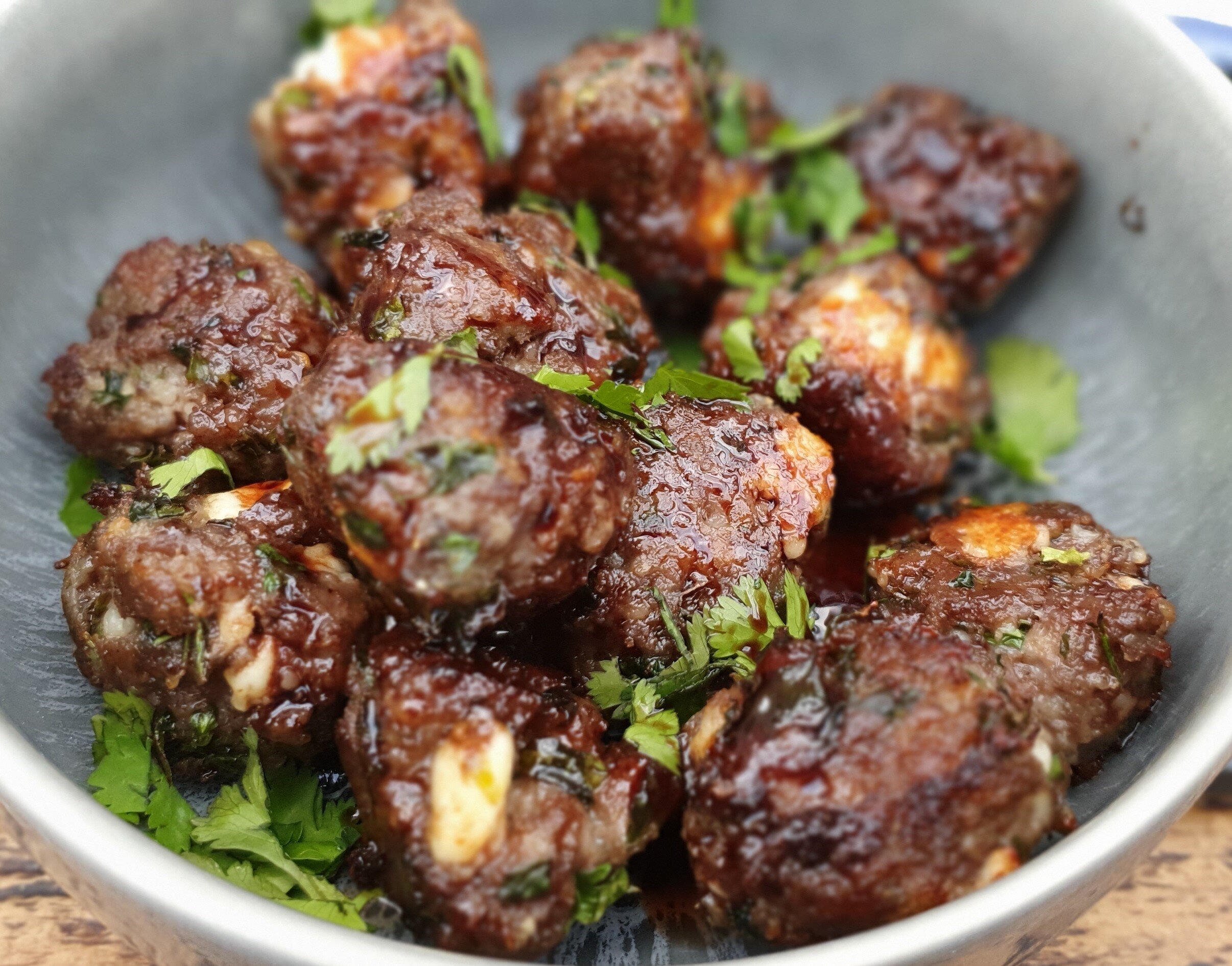Beef and Yorkshires
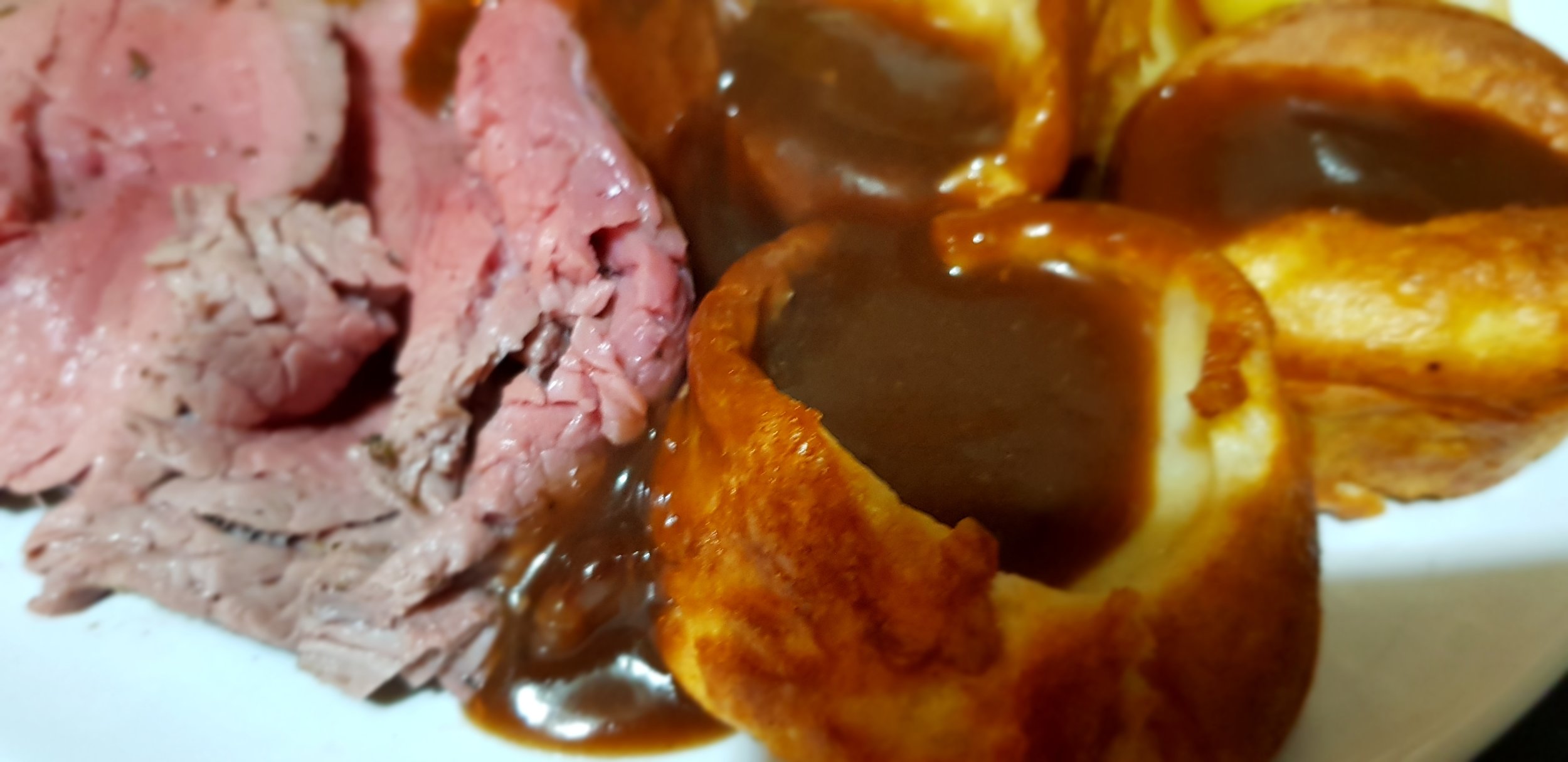
Is roast beef and Yorkshire pudding the king of roasts? I think so. There really isn’t much more FatSteak Club than perfectly rare, mouth melting beef, sitting on a crisp pudding loaded with rich beef gravy.
So when entertaining, how do you get reliably rare beef and perfect, gravy carrying, Yorkshires? The answer to the first is a go to recipe from Nigel Slater and cheating (a bit) by using the very best cut of beef. The second is answered by science!
I have found this Nigel Slater recipe for perfect pink beef to be infallible, but it does mean using fillet steak. Apart from the extra cost, this does mean you won’t get lots of pan juices to make gravy. To overcome this, I make my own super rich beef gravy unashamedly loaded with flavour and thickened to just short of needing to be cut with a bread-knife
The secret for the Yorkshire puddings is egg content. Don’t use a recipe with a low egg ratio. As a chemist, and Fellow of the Royal Society of Chemistry, I am duty bound to refer you here on how to get it right - check out this article!
Of course, my recipe is an adaption of that, blended with hard won experience. Alternatively you can opt for a mega-pudding from fellow FatSteak writer Adam.
Step 1 - Start the gravy
Take the shin and brown it in a tablespoon of oil on a medium heat in a saucepan that can hold the intended volume of gravy
Throw in roughly peeled and chopped carrot, onion and celery
Stir this mix around with a tablespoon of plain flour and cook for 5 minutes
Add the chicken stock slowly, stirring to incorporate all the flour each time
TIP: this can be straight from the freezer if needs be (since you made a batch from the FatSteakClub recipe and froze some) – as the stock melts it adds at a steady rateLeave on a low heat to simmer for an hour or so (you may want to throw in some seasoning to taste at this stage: peppercorns, thyme or bay leaves).
Step 2 - Prepare the beef
Crush the peppercorns and mix with the thyme leaves before massaging into the fillet with some olive oil
Leave to rest at room temperature for an hour
Step 3 - Get battered
Put the flour with a good pinch of salt into a mixing bowl and crack in the eggs
Beat together then gradually add the milk while whisking to create a thin batter
Let it rest for 30 minutes.
Step 4 - Bringing it all together
Set the oven to 230 C
Put a muffin/pudding tray at the top of the oven with a little vegetable oil in each cup
Loosely cover the beef in a roasting tin and place in the centre of the oven for ten minutes
Meanwhile, strain the gravy into a clean pan – at this point it should be usable as a thin, pale gravy if that is your preference. To get a dark, gelatinous gravy, thicken with a little Bisto powder
Remove the beef tray and keeping the door open as little as possible, pour tablespoon of batter into each cup in the hot tray and return to the oven
Flip the beef fillet over, pour over the red wine and recover with the foil. Return to the oven (quickly) and turn down the heat to 200/210 C
After 15 minutes remove the beef and let it rest under the foil before carving. Pour any excess juice/wine into the gravy pot
After a further 15 minutes you should have perfect Yorkshire puddings and the beef is ready to slice and serve hot with the puddings and gravy
Gravy
Piece of shin of beef
1 large carrot
2 sticks celery
1 large onion
1 litre of chicken stock
Bisto powder
Yorkshire Puddings
100g plain flour
2 small/medium eggs
250ml semi-skimmed milk
Vegetable oil
Beef
0.5 – 1 kg whole piece of fillet of beef
1 tbsp black peppercorns
Thyme leaves from 3 sprigs
Dash of olive oil
1 glass of red wine
I trained as a chemist, and now I don't work in a laboratory anymore, I apply that knowledge to my cooking. I do love my gadgets, experimenting and using an understanding of the principles of chemistry to make the very best food. I seem to cook more and more as a hobby now I don't wear a lab coat, and still dream of retiring to run a small restaurant somewhere quiet.
My confidence really came when I taught myself to cook Italian and found I was pretty good at making pasta. I was married to a vegetarian then and it was the one cuisine where I didn't miss meat. I'm big on meat usually and passionate about great ingredients and doing things from scratch yourself. I did a butchery course last year and intend to learn all the skills needed to butcher and make use of a whole pig nose to tail.
Eating out is also a passion, and I particularly like to go for things I don't think I could do at home easily or better! Mind you, I do love a pie.

